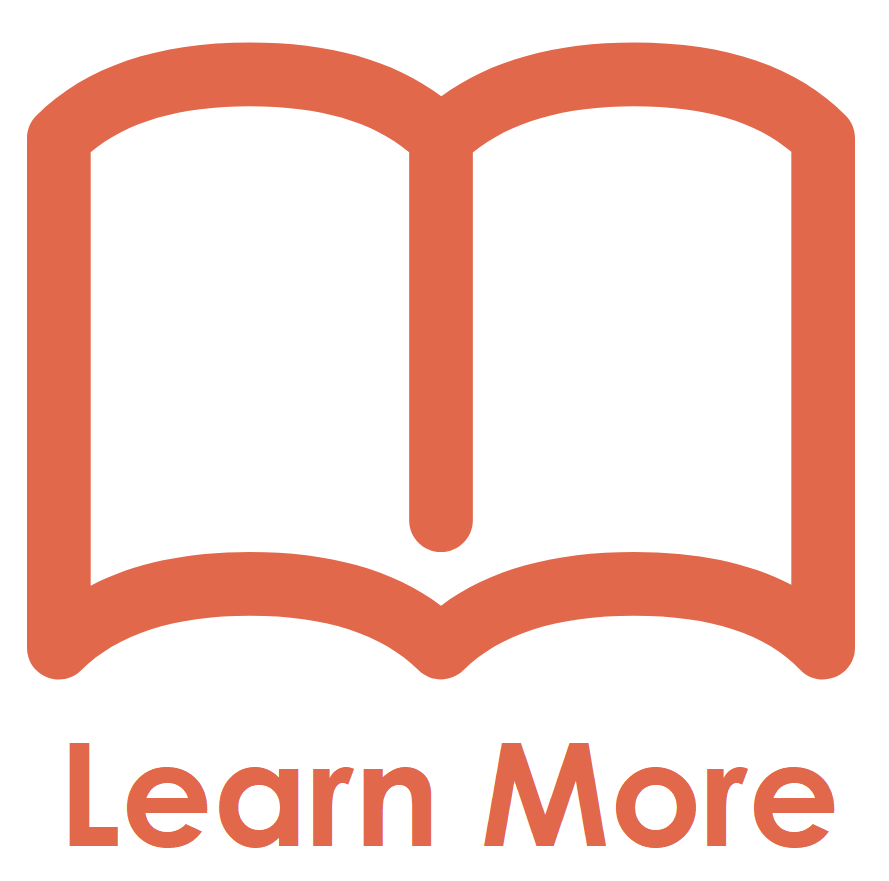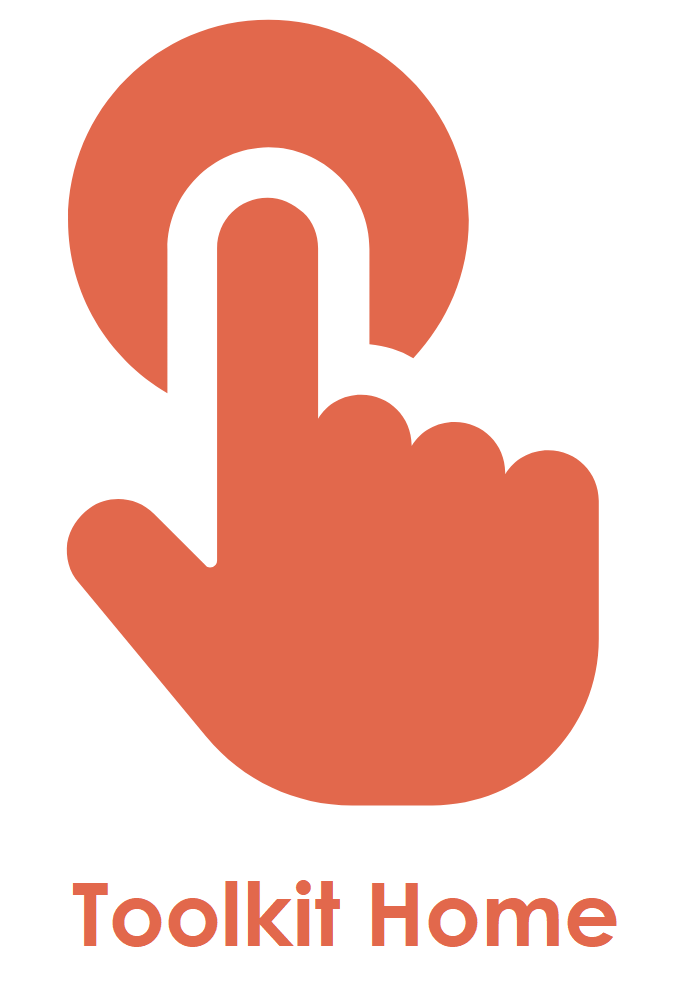Please note that The Human Rights Education Toolkit was developed in 2019 on limited funding, and prior to the changes brought by the COVID-19 pandemic. The resources and timeline of events in this kit, where listed, sit in time in BC’s harm reduction history. For ongoing harm reduction news, please see Substance Use News issues on our Substance Use and Harm Reduction page.
 The province of BC is committed to a human rights-based approach to harm reduction (see Overdose Emergency Response Centre Terms of Reference), and this toolkit focuses on human rights issues associated with discrimination against people use drugs. It draws information collected from people who use drugs compiled and reported in Project Inclusion report, national and international sources.
The province of BC is committed to a human rights-based approach to harm reduction (see Overdose Emergency Response Centre Terms of Reference), and this toolkit focuses on human rights issues associated with discrimination against people use drugs. It draws information collected from people who use drugs compiled and reported in Project Inclusion report, national and international sources.
Project Inclusion: A Community-Based Assessment of Conditions in BC
In 2016, the Provincial Health Services Authority (PHSA) contracted Pivot Legal Society to undertake a research project looking at law and policy barriers to HIV, hepatitis C virus and overdose prevention among British Columbians who are struggling with the impacts of poverty and homelessness. Project Inclusion is the culmination of that research.
In the fall of 2018, Pivot Legal society released Project Inclusion: Confronting Anti-Homeless and Anti-Substance User Stigma in BC. Pivot’s lawyers and researchers traveled to various communities in BC to interview people about their living conditions and access to services.
“In every community that researchers visited, stigma was the unifying thread that shaped people’s lives” (Project Inclusion, p. 4)
The course of research led to recommendations to encourage communities to consider the conditions of health and safety for all of their citizens, especially those who are marginalized. Recommendations in a number of areas have been made, as well as a stigma analysis and auditing tool that helps community members see “the systemic process through which stigma can shape legislative agendas and become embedded in laws and policies” (Executive Summary, p. 6).
Project Inclusion is a rich report with much for communities to consider and act on, and we encourage those using this Toolkit to read it in its entirety.
General issues identified in Project Inclusion research included:
- Barriers to accessing services. One example is conditions for bail (before one has even been tried for an alleged crime). Conditions can mean people are forbidden from going into certain areas (called red zoning). “The red zone is where all your services are. That’s where the food is, your doctors, mental health, that’s where the library is, where your harm reduction is” (Project Inclusion, p. 85).
- Conditions set that forbid people from carrying harm reduction supplies, despite the province’s support for harm reduction to decrease overdose events and deaths. “[Police seizure of harm reduction supplies] is a hell of a lot of money to put out harm reduction supplies just to have the cops take them. It’s stupid because health gives them out” (Project Inclusion, p. 46).
- Racism. The scope of this Toolkit can’t address all of the work that needs to be done to address this, but the acknowledgement of racism as a determinant of health is necessary. Thirty-eight percent of the people interviewed one-on-one for Project Inclusion identified as Indigenous. “Acts of overt racism by law enforcement are often treated as isolated, attitudinal issues. However, even with our limited sample size, some clear systemic trends related to the treatment of Indigenous people emerged over the course of this study.” (Project Inclusion, p. 59).
Summary Videos of Research and Recommendations
The Impacts of Police and Policing
Videos courtesy of Pivot Legal Society
“In the context of longstanding public health efforts to reduce rates of HIV and hepatitis C among people who use drugs and an unprecedented opioid crisis, police are routinely interrupting harm reduction activities and contributing to less safe substance use practices” (p. 45). Learn more
How Court-Imposed Conditions Set People Up to Fail
“Police and court-imposed conditions have a particularly harmful effect on those who are homeless and people who use substances. Conditions are being applied in a way that fails to acknowledge the complexities of homelessness and substance use, and therefore, are trapping people in a cycle of criminalization and actually producing criminality that undermines health and safety.” Learn more
Service Gaps and Barriers
“BC’s income support programs, shelters, and hospitals exist to serve people in need. But across the province, people are experiencing barriers to accessing income assistance, there are not enough safe and accessible shelter options, and stigma and racism are surfacing in how people are treated in hospitals. These are public services.” Learn more
Why a Stigma Auditing Process Matters for BC
Pivot introduces a “new tool to audit for stigma in BC’s laws, policies, and provision of services. The aim is to reveal that which can be difficult to define or make tangible. By making stigma visible, we can change the systemic processes that hold it up and allow it to cause harm.” Learn more

Detailed Recommendations from Project Inclusion
NEXT: How to Engage People with Lived Experience
Foundation Tools: Human Rights and Health Equity | Drug Use as a Health and Rights Issue | Surveying Conditions in BC
Tools for Action: How to Engage People with Lived Experience | Beyond Stigma-Reduction
Templates for Change | Select Handouts at a Glance

For general information on drug use and health, see our Substance Use and Harm Reduction page.
Please note that the information in this toolkit is for general information only and should not be taken or relied upon as legal advice. If you have questions about a specific case, consult a lawyer.
